Lecture 4
Video
Slides
Hadoop
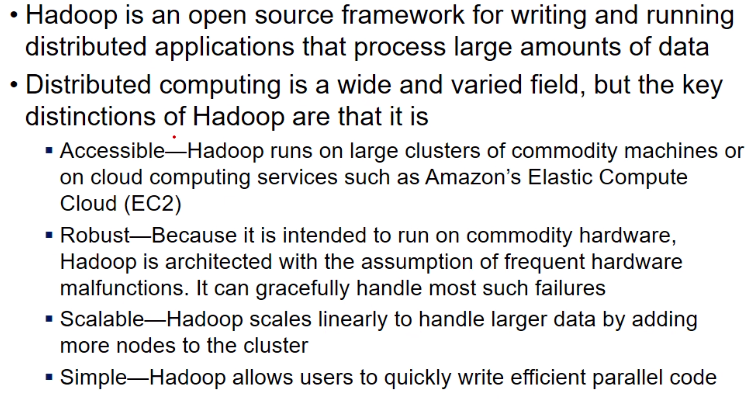
Scale Out vs Scale-up
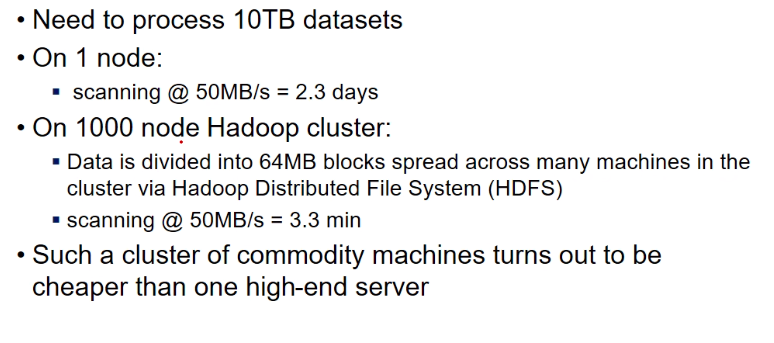
- scale-out = horizontally expanding capacity
- I add more servers
- it should increase storage and server capacity
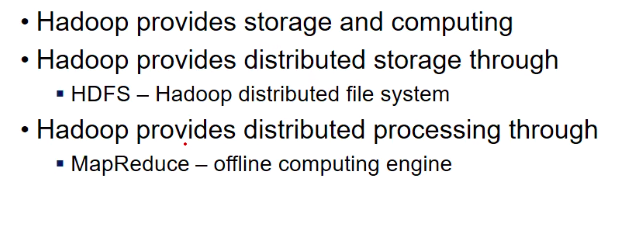
HDFS
- there is a name node = kind of central server
- responsible to maintain file system hierarchy
- metadata related to files
- then, there are data nodes
- datanode1,.. datanode n
- each node stores some data
- there is a conterol communication b/w namenode and datanode
- there is also a HDFS client
- say he has a 1gb file
- it says to name node ki yeh file hai
- name node adds it and tells client ki yeh nodes hai jaha pe file hai teri (set of servers deta, ip addresses, which are datanodes)
- abhi it has just added metadata, not actual file nodes
- once file is added, client
- first client asks to add file
- server rpelies ok
- then client says add chunks request for each of the chunk
- namenode stores metadata ki kaunsa chunk kaha hai
- namenode is only responsible for control operations
- adding
- not adding data
- but entry in hierarchy (metadata)
- moving
- copying
- deleting
- listing
- adding
- load on namenode is not much bcz data is not passing through it
- but still Single Point Of Failure problem
- all operations pass through namenode
- so there is a concept of secondary name node
- which remains passive unless needed
- another factor is scalibility
- say each datanode is 1TB, I add 10 datanodes, space increases by 10TB
- so, scalable easily
- no effect on namenode na
- Efficient read write
- reading can be done in parallel
- read each chunk from each datanode in parallel
- it is efficient, only if reads are long, u are reading long stream of data
- but for transactions, it might not be efficient
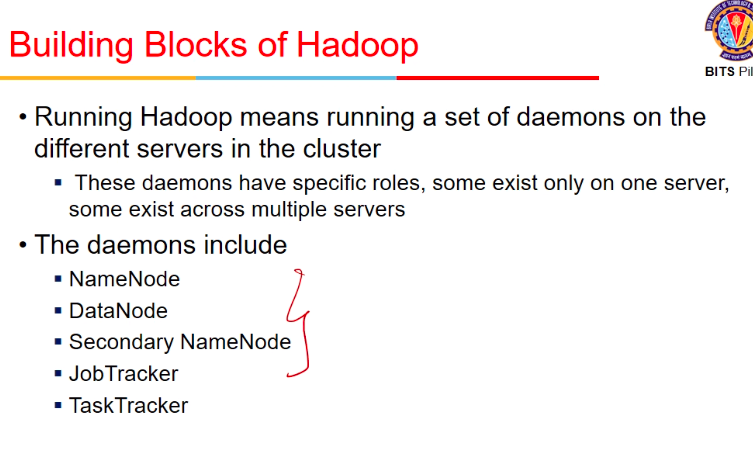
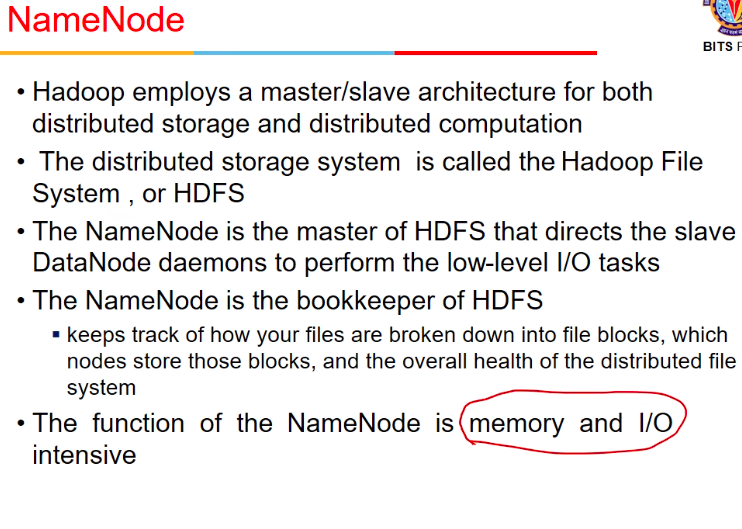
- memory and I/O intensive bcz logs likhne and disks metadata likhna
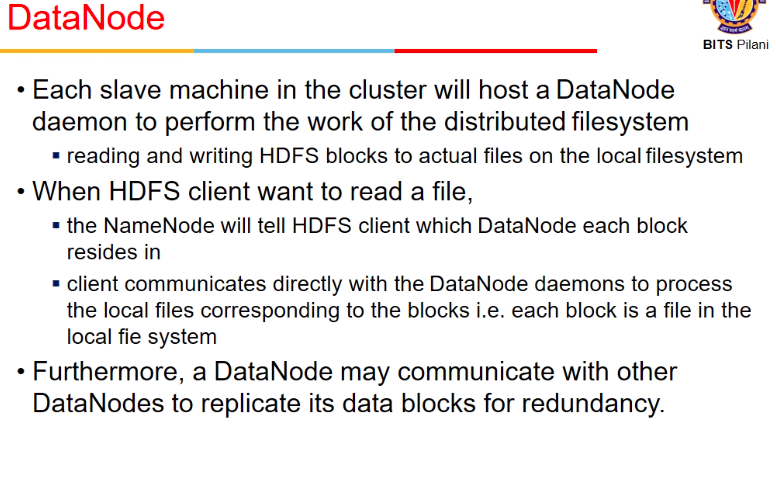
- namenode example
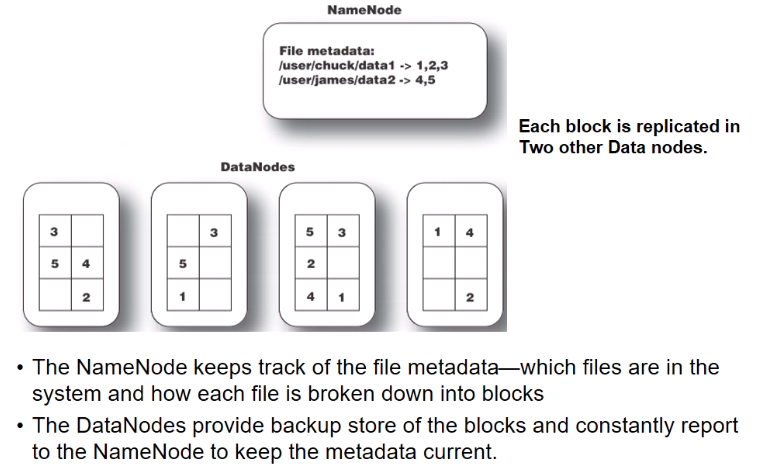
-
each block is replicate din 2 other data nodes
- communication between dtaa and name ndoe

Job Tracker
- we have data and processing
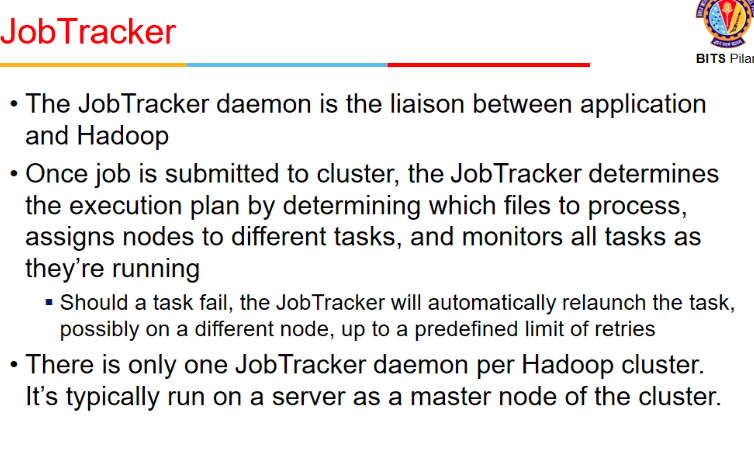
Task Tracker
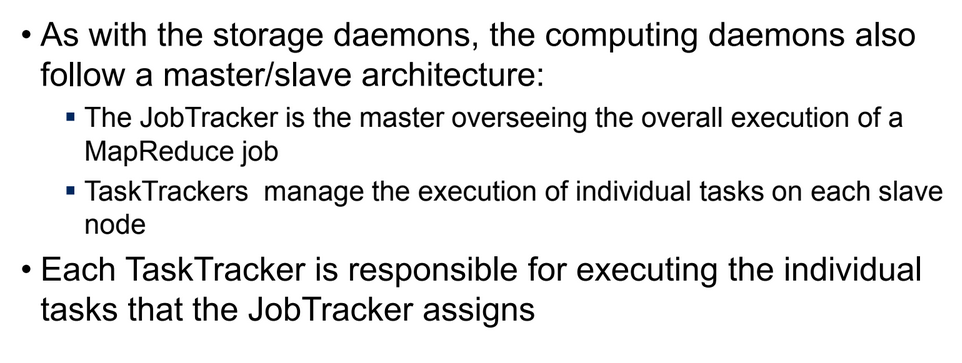
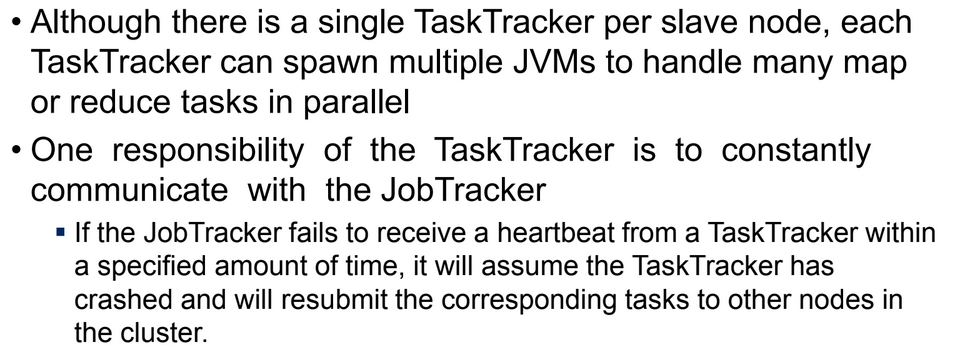
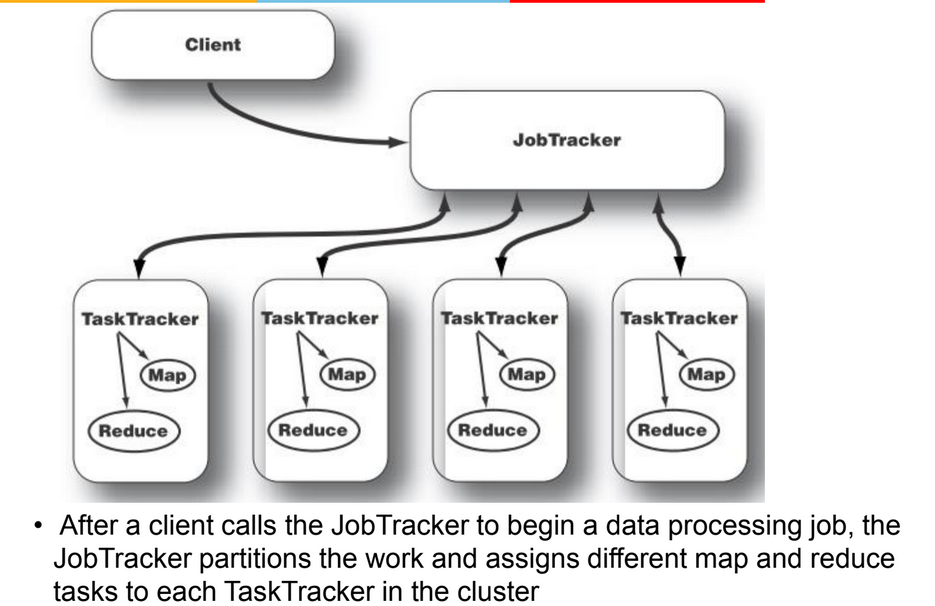
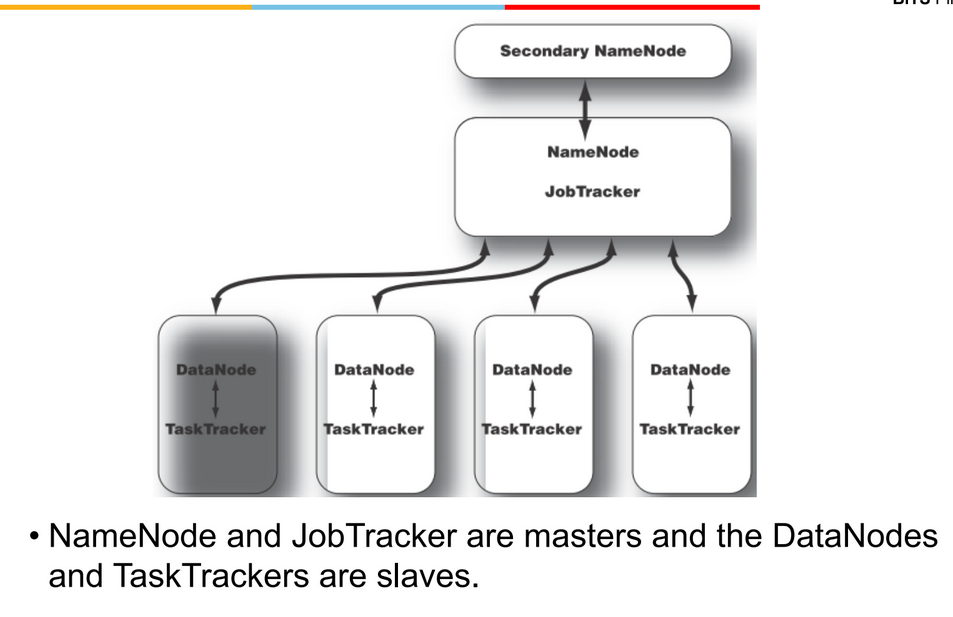
MapReduce Paradigm
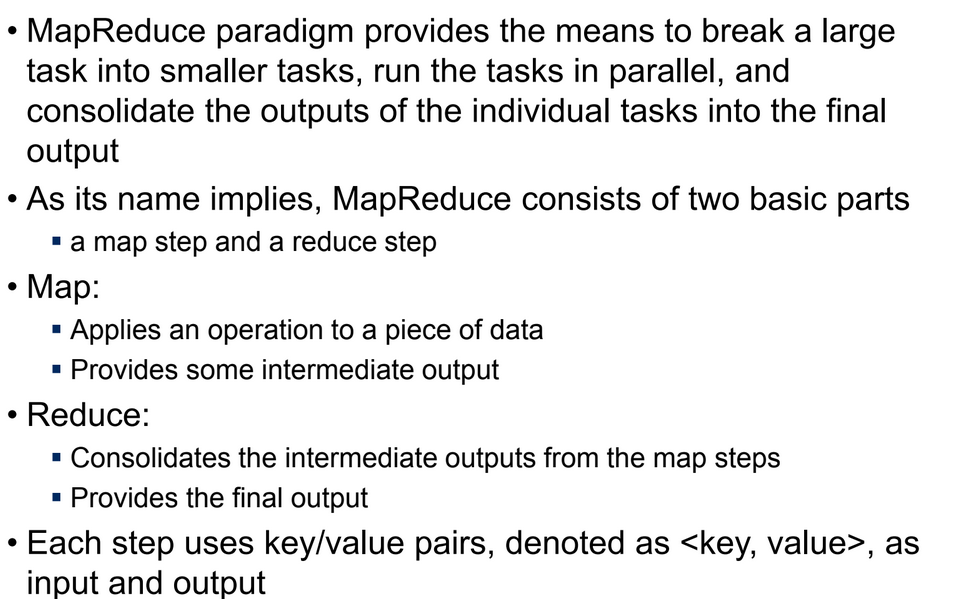
- example
- say we have some records of form <IDno, Hostel>
- I have to count number of students in each hostel (Hostel-wise count)
- the file is very big (say 1 million records)
- For hadoop, assume
- I cannot do in one system, say I have 3 systems
- some data in 1 system, some in 2nd and some in 3rd
- I want someone to process data in each nodes
- if processing happens within those system itself, greattt
- and return some output from each node
- output is in format <key, value>
- now these key,values are combined together (shuffle sort)
- sorts on basis of keys
- one key goes to only one reducer
- then we have reducers (say 3 hostels the toh 3 output a jayenge)
- all nodes with hostel1 as key h1 me chale jayenge
- and so on
- so ek list of values mil jayegi h1,h2,h3 ko
- if number of hostels > number of reducers then h4 bhi 1st reducer me
- we had 2 phases
- map
- input = at one time it gets one record
- it decides what it should write
- reduce
- map
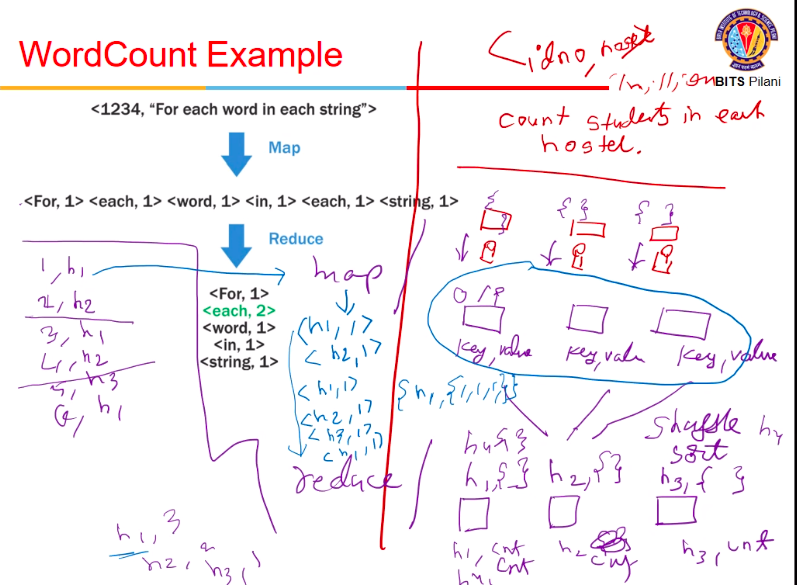
- we might have multiple map-reduce blocks (in an iterative fashion)

scheduling
- split = chunk of data in datanode
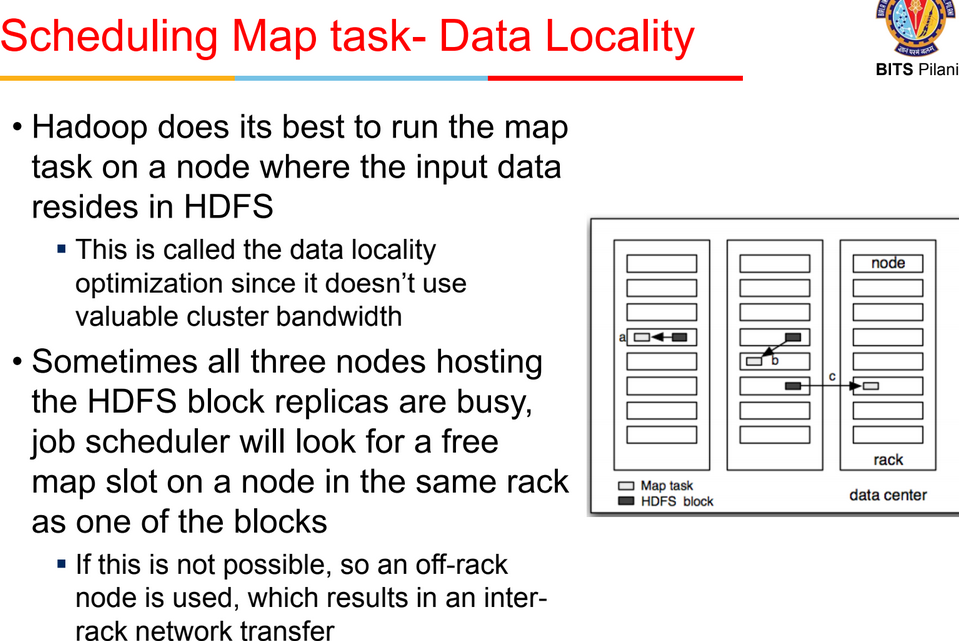
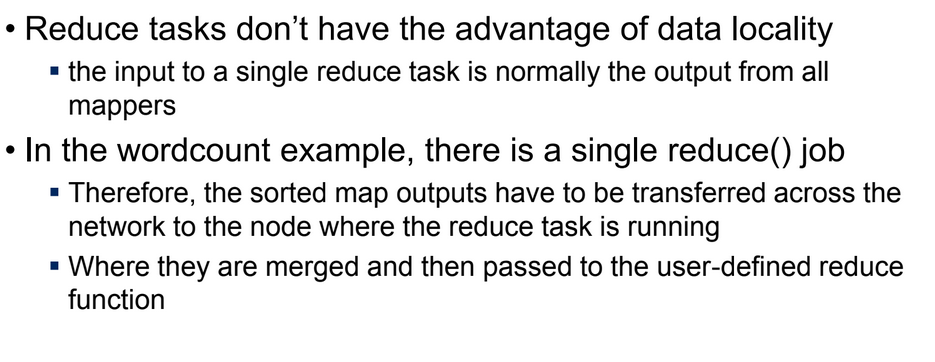
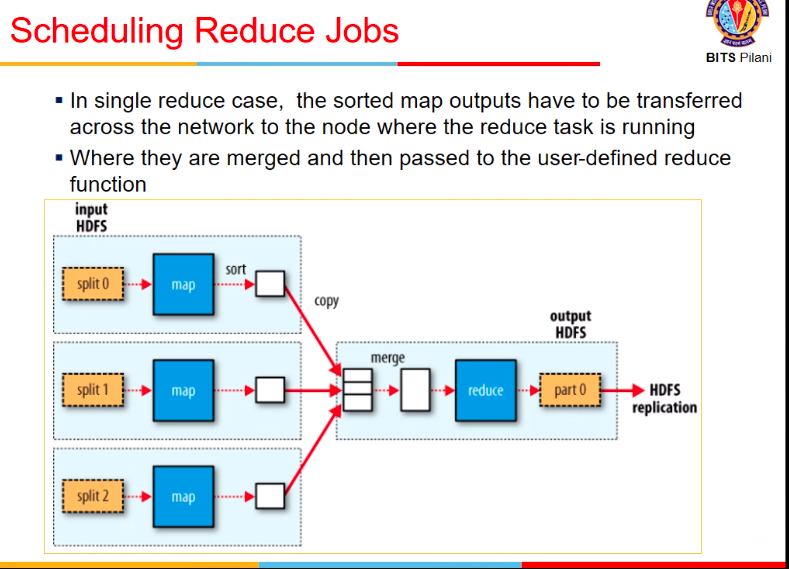
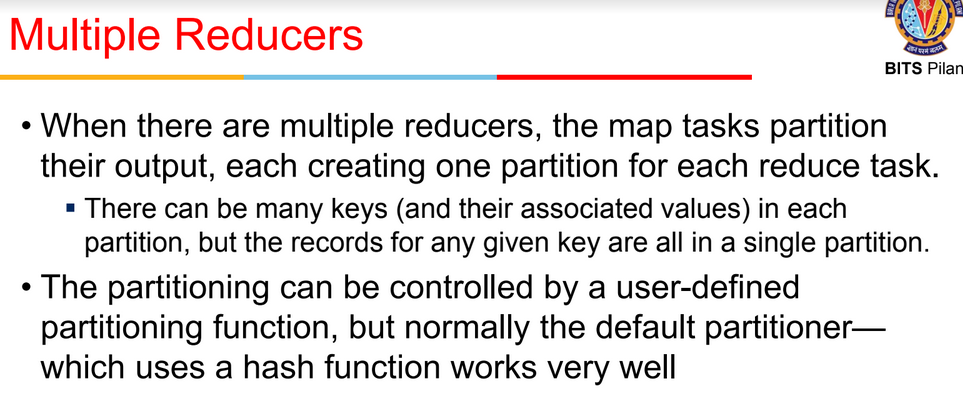
Shuffle n sort
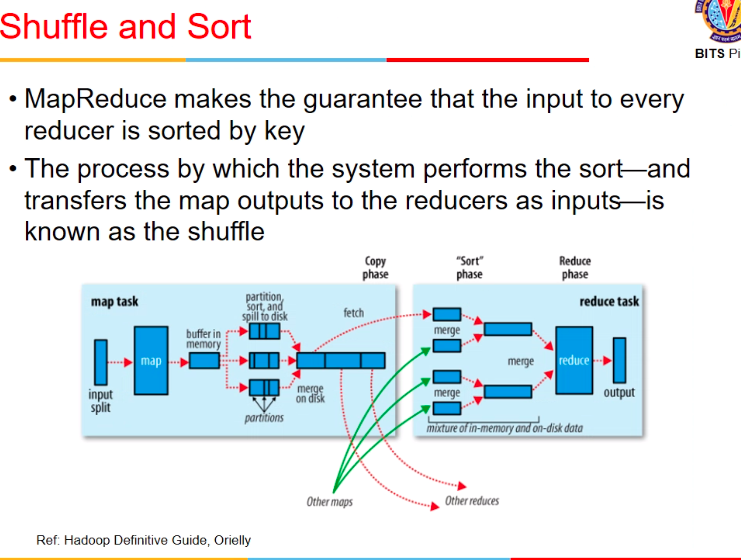
Multiple reduce
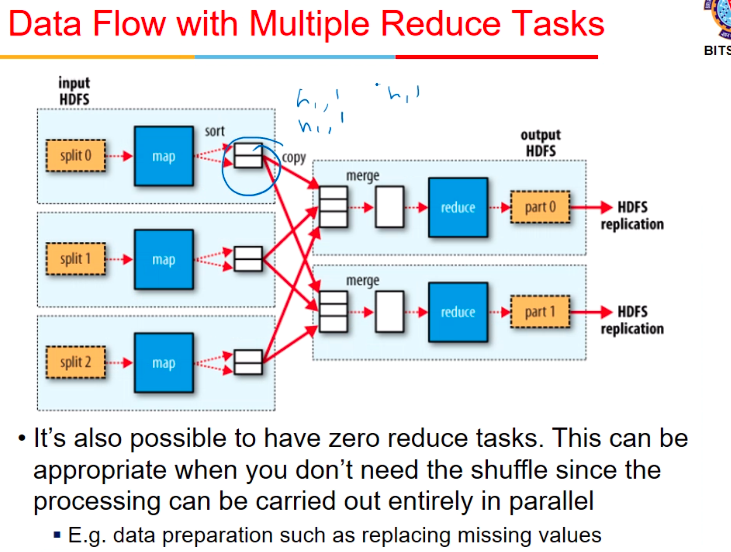
Compressor
- when I sent h1,1 , h1,1 , I can combine it within this machine itself before sending
- bcz network me bhejna
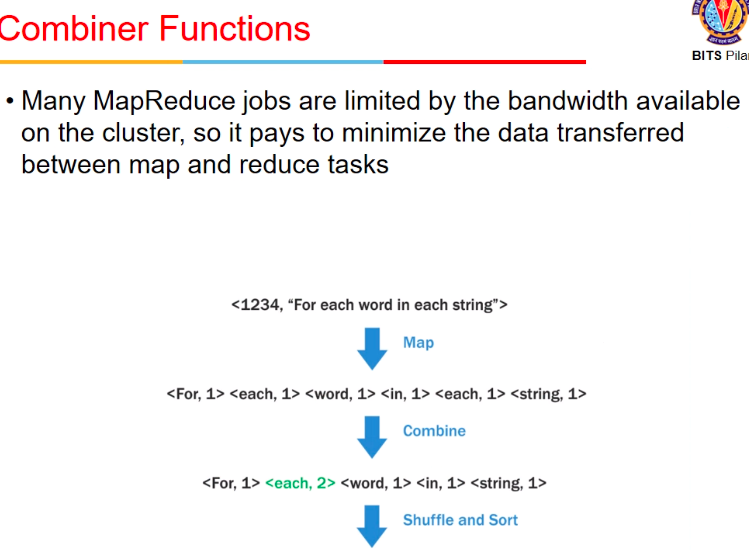
WordCount example

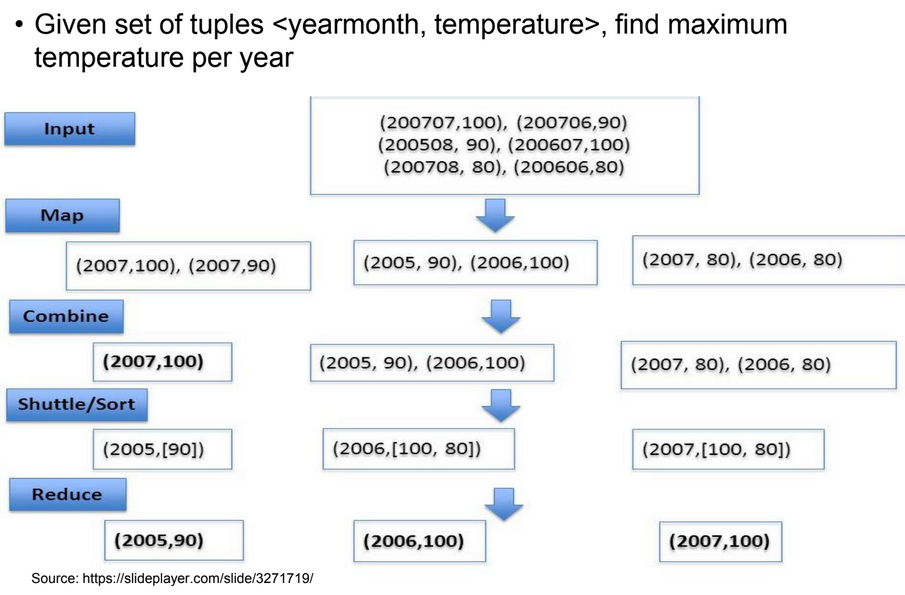
Chaining MaprEduce jobs
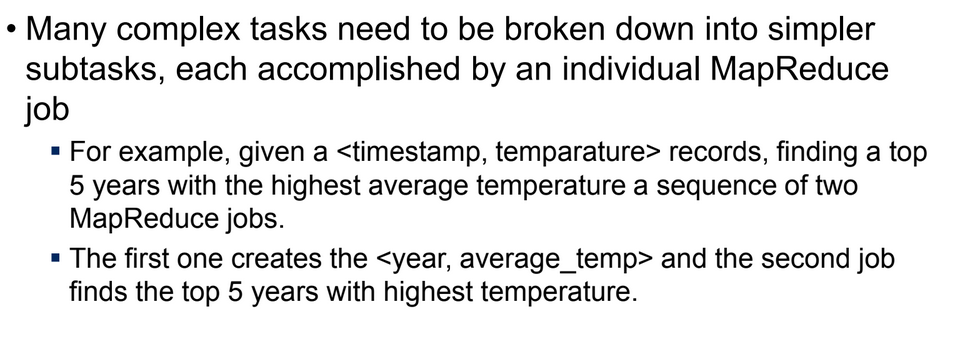
Joins
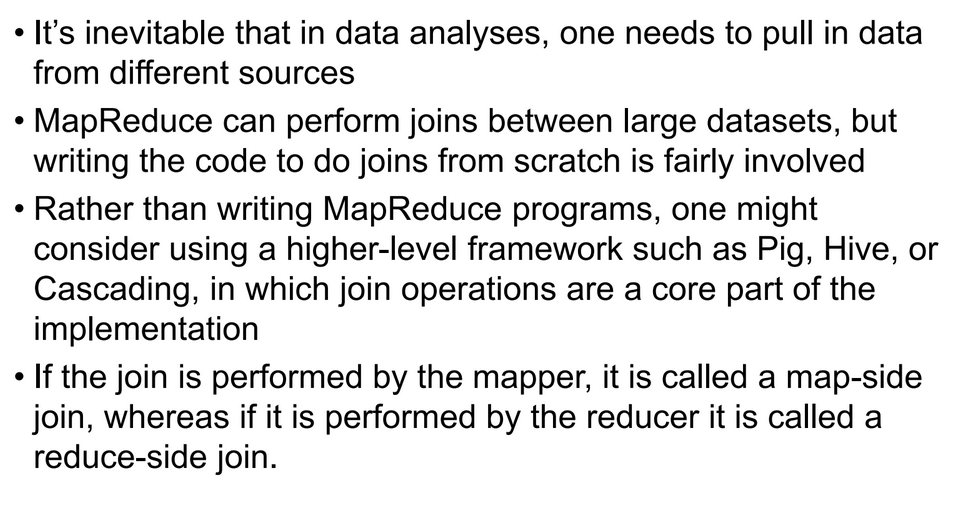
Homework problem
- <userid, followerid>
- Write map() and reduce() logic for Twitter follower count
- answer
map():
# assuming n users, and m machines m << n
within the machine combine all occurences of a particular user_num by adding the num_followers
at the end, u have in a machine, a set of <user_num, num_followers>
map each entry to a machine by using say a hash function user_num % m
reduce():
for each user_num in list:
if user_num is not in output list:
add to output list entry <user_num, 0>
add num_followers to entry in output list corresponding to user_num
in the end u get a list of <user_num, num_followers> where each user_num is distinct in the list